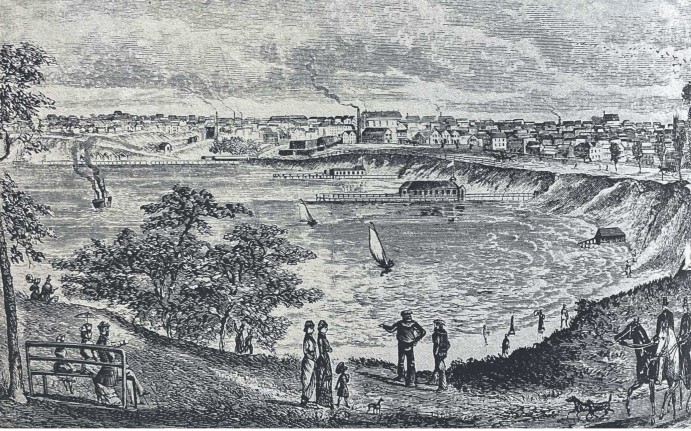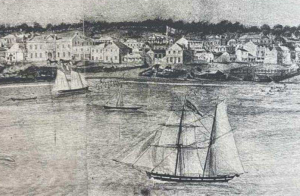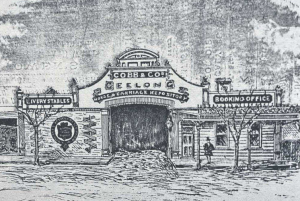
All manner of collections capture early Geelong and its multifarious angles, aspects and attitudes. Many, however, are focussed on a theme, a personality or thread of industry or community activity and can be dry, tough and arcane for the uninitiated.
The over-arching authoritative tome, Walter Randolph Brownhill’s The History of Geelong and Corio Bay, is divided into no less than 43 chapters from councils and municipals through fires, trees and gullies to sea disasters, entertainment, storms and crime.
Referential and reverential as it is, it’s a doorstopper and hard going for anyone unwilling to throw themselves into the minutiae of personal, non-personal, supplementary, pictorial and errata indices to plumb the town’s early days and more recent provenance.
Insightful, often humorous, accounts such as the diaries of Edward Snell and Alexander Goodall, with their signature artwork, S.T. Gill too, provide a much more accessible tramp through the rough and ready days of early Jillong. Should be in every local primary school to my thinking.
As should be the book, The Life of Our Years by former Geelong librarian Cecil Philip Billot. This pictorial chronology is a profusely illustrated go to whoa of Geelong’s white settlement over the 130 years to 1966.


More than 100 drawings, lithographs, sketches, paintings and photographs provide, as its cover notes say, “an accurate popular history”.
“Its purpose is to record the story of the area by selected events year by year,” the dust cover continues. “This chronological approach is particularly useful as for the first time the reader can follow the progress of a community from a few huts on the river to a thriving industrial area.”

Billot takes the reader/viewer from the arrival of John Murray and Matthew Flinders in 1802 and Grimes, Collins, Fawkner and Buckley the following year to Hume, Hovell, then through Batman and your Thomson, Fisher, Strachan, Russell, Manifold, Cowie, Stead, Fyans and other pioneers.
He tracks the town’s formation, growth, diversification, institutions, industries and enterprises, its key figures and key milestones – all illuminated with large imagery, albeit black and white throughout.


Standout images include detail of Liardet’s stunning 1848 Geelong waterfront and townscape, an early image of the bayfront from Western Gully, the Barwon River in 1841, Corio Street and the waterfront cliffs of Geelong in 1841 also, 1856 wharfside, various maps and town planning schematics, and a sprawling double-cover detailing the city from its Eastern Beach bathing boxes, piers and shipping to its spires and chimney stacks, factories, houses and shops.
It does feature an index but at a politely accommodating six pages it’s a lot easier to wrangle than Brownhill.
This article appeared in the Geelong Advertiser 7 October 2024


